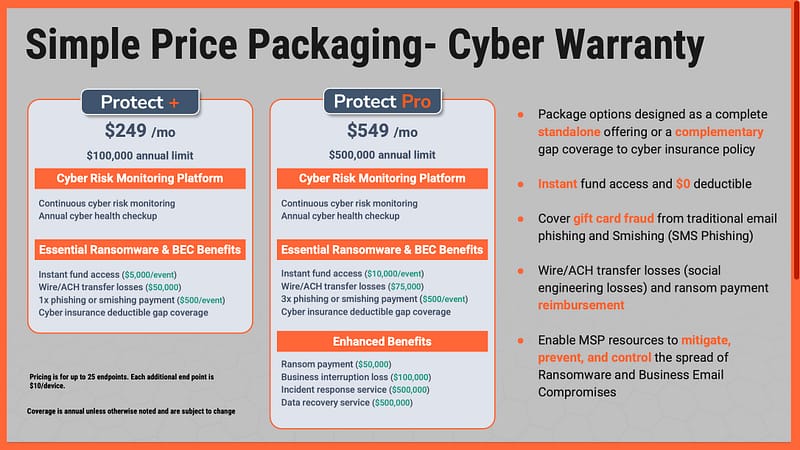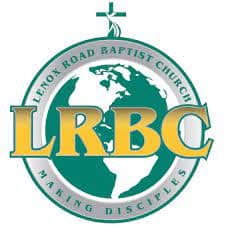Cloud or hybrid IT storage offers many benefits to businesses. For example, it is far more cost-effective than purchasing and installing IT infrastructure on-premises. This makes good financial sense. Hybrid IT storage is the future of technology and offers the best solutions for businesses that want to save on the purchase and operation of costly data centers.
What is a cloud?
A cloud is a complex IT network of remote servers that work together to process and store data.
A device that we use every day such as your phone, tablet, or computer can access cloud resources – such as web-based apps like Gmail, Facebook, and Dropbox – without any software installation required on your device.
From storing photos and files to giving you access to all the latest updates and software, storing your data in the cloud allows you to do more on the go than ever before.
But the definition of a cloud primarily boils down to how an organization relates to it. For some, it is a Software-as-a-Service (SaaS), some say it is automated virtualization of on-premise servers. Some might associate it with public cloud providers such as Microsoft Azure or Amazon Web Services.
The cloud is not something you go to, but something you experience along the way. It is an experience of an IT-driven process of delivering value. It is an environment where both infrastructure and functions are codified, automated, and unconstrained by the releases of versioning. With proper execution, the cloud will virtually remove human errors and establish superior efficiency.
When considering cloud technology, start by identifying what “cloud” means in the context of your business.
Is the cloud right for you?
Always start with your “why” because once you establish your organization’s objective, you can build something uniquely valuable to your customers. Your purpose merged with your purpose will attract attention. You attract your market not merely because of your exterior features, but because of your ideas.
The appearance follows philosophy. The reason is the foundation. It does not make success easy, but it makes it possible. Without it, you only have a money-based standard of things – that your offerings are valuable only because they delivery something in return. The formula for success is being driven by purpose and value is a by-product.
If you ask why people love Apple products, for example, you can hear an echo of Steve Jobs’s famous 2005 Stanford commencement speech, where he explained that Apple’s mission was not just about making money or being the biggest or being first but “to make a contribution to the world by making tools for the mind that advance humankind.”
Why not just sell computers? Why not hardware? Why not write software? Jobs’ answer was to focus on something much larger – using technology to improve people’s lives.
Prepare you organization for cloud adoption
Cloud adoption is never an overnight thing. It is an investment that yields long-term gains only if rooted deeply with well-established roots.
It needs groundwork. The cloud is the answer, but implementing it right away without the necessary foundations is usually a bad idea.
Because it creates organizational changes, resistance is expected. Resistance dwells in the mind or arises from the reality of circumstances. With this, you have to be strategic. Preparations are crucial.
For example, you have just invested in a major data facility, you may have to assess before taking on additional financial obligations.
Establish a Cloud Business Office (CBO)
A Cloud Business Office (CBO) is the central communication and execution hub for your cloud migration initiative. It prioritizes the roadmap, communicates that strategy to constituents and stakeholders, and plays a major role in the decision-making process.
The challenges: Cloud adoption is new for most organizations where processes were not modified for decades. There will be a lot of control processes to address. One will have to face longer approval cycles and heavy monitoring. Financial surprises will also go out of hand if not closely monitored.
Tasks of CBO
- The filtering agent where stakeholder requests pass through
- Assess and monitor progress toward strategic goals
- Gathers and stores data from other departments involved in the migration process.
- Look at potential obstacles that could affect the outcome of the migration program
- Take steps to mitigate potential issues before they become problems
- Manage change requests from business units working with service providers to avoid major disruptions of the overall plan.
- Provide financial analysis and implications of proposed projects.















